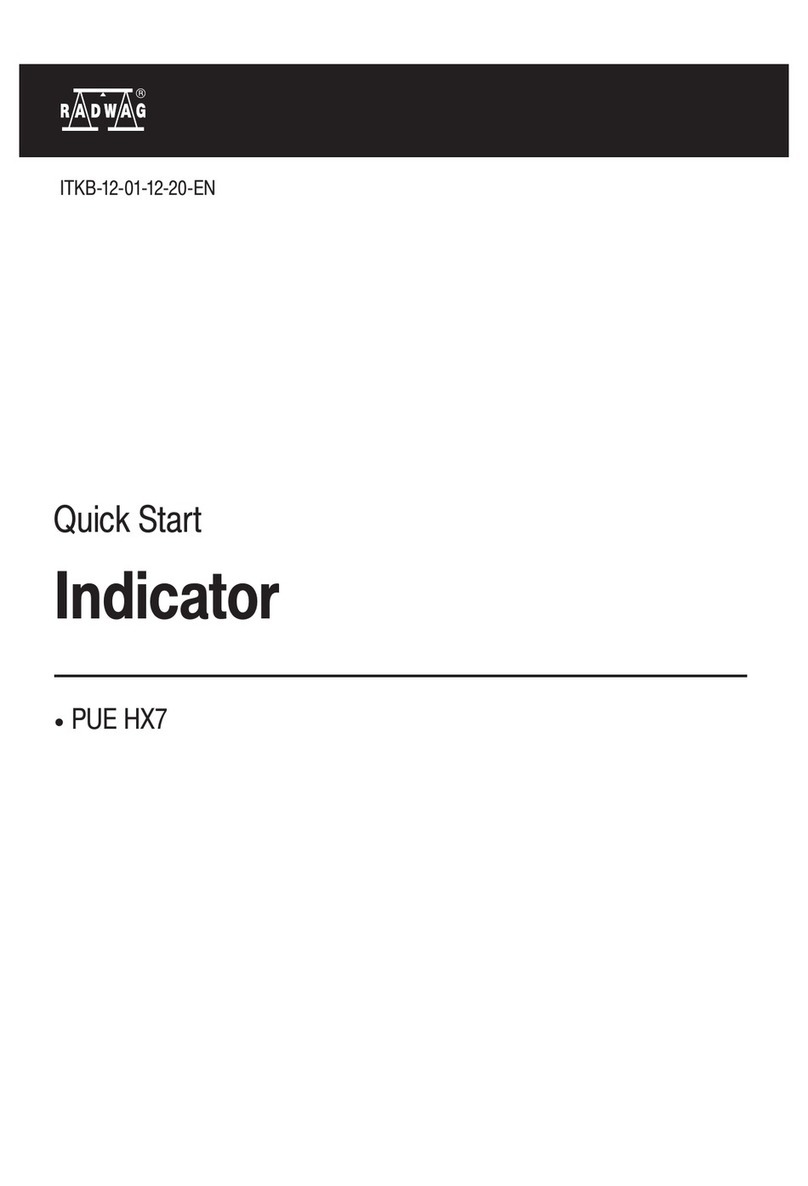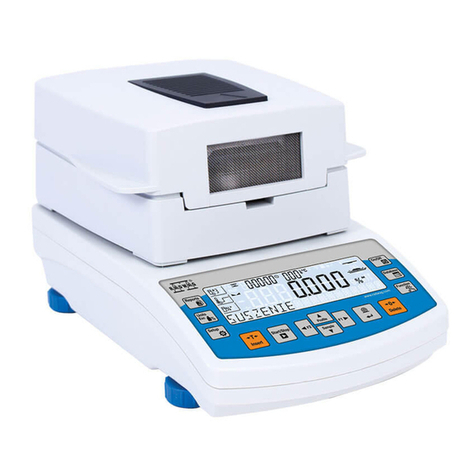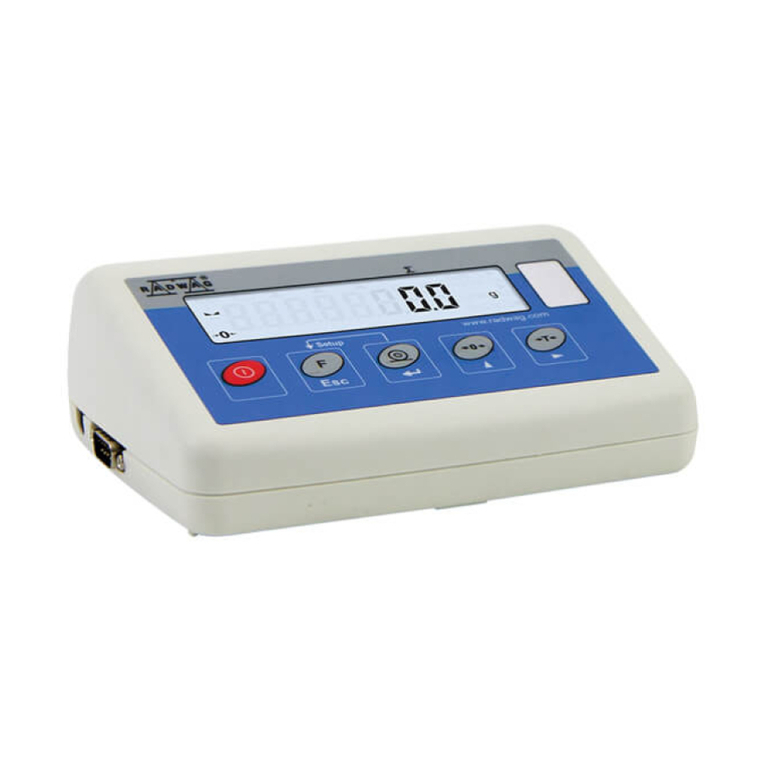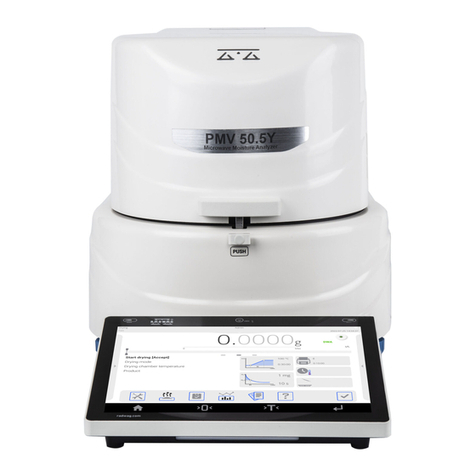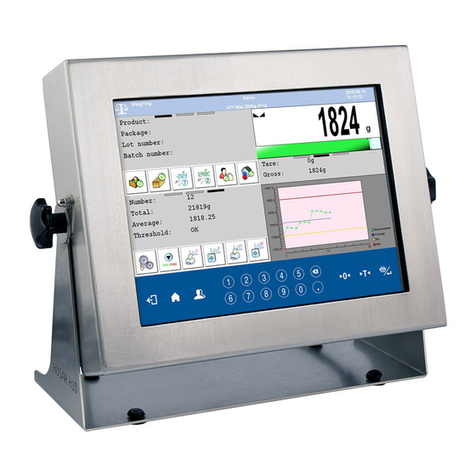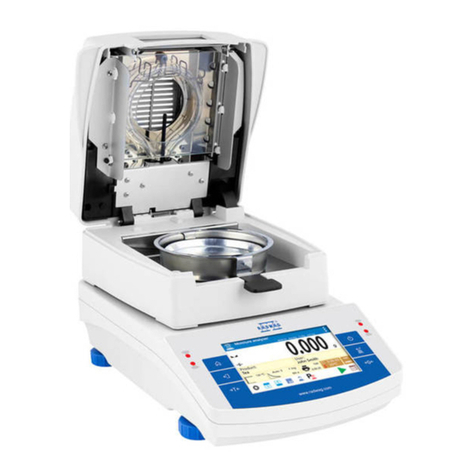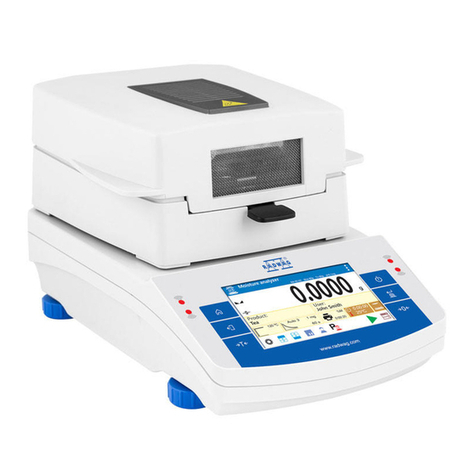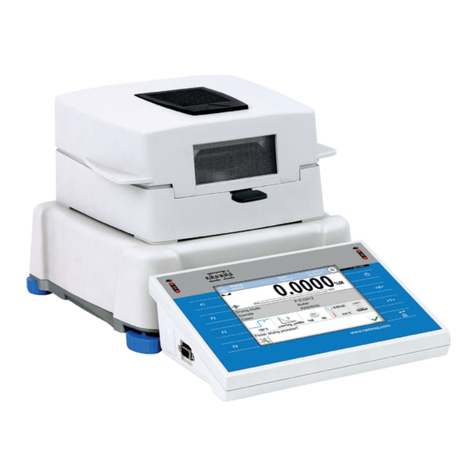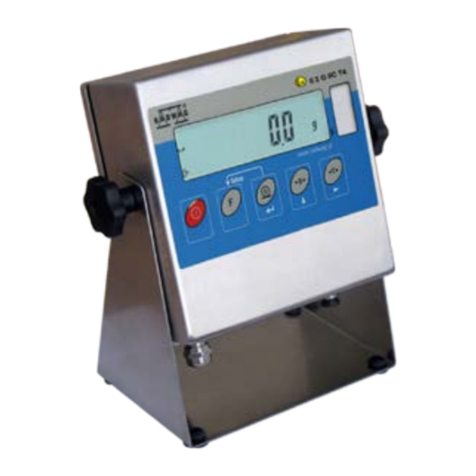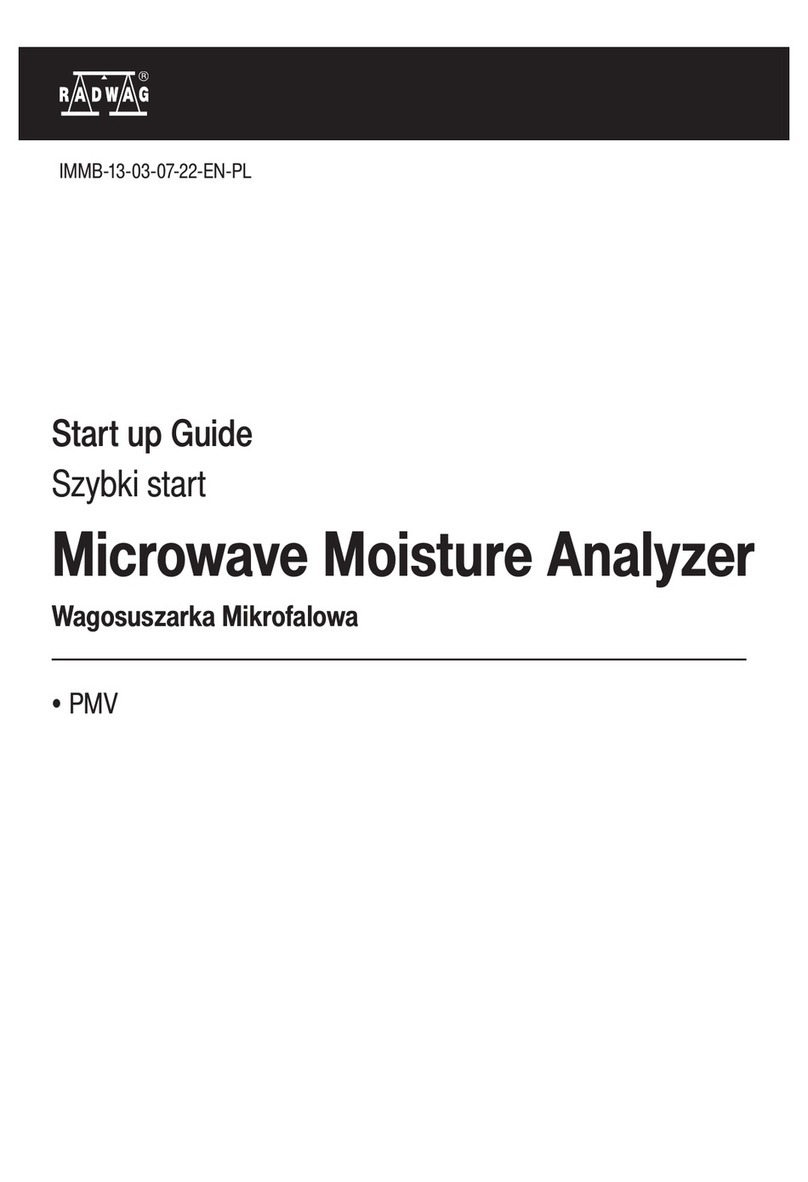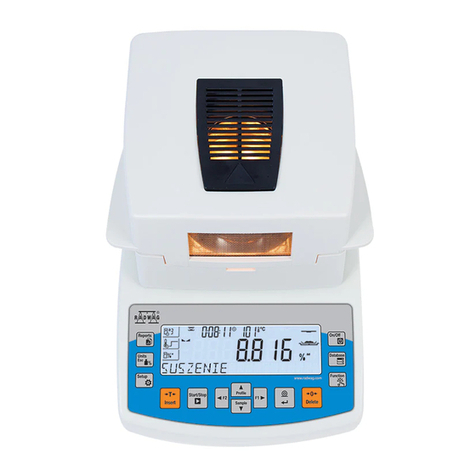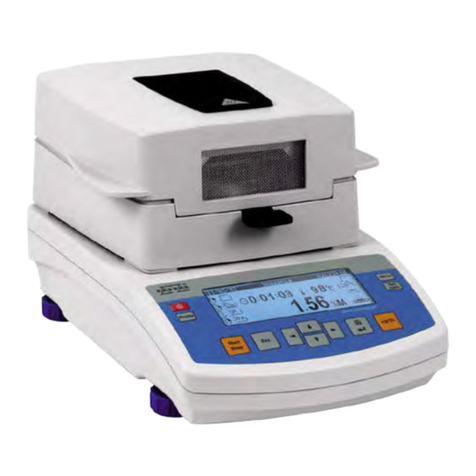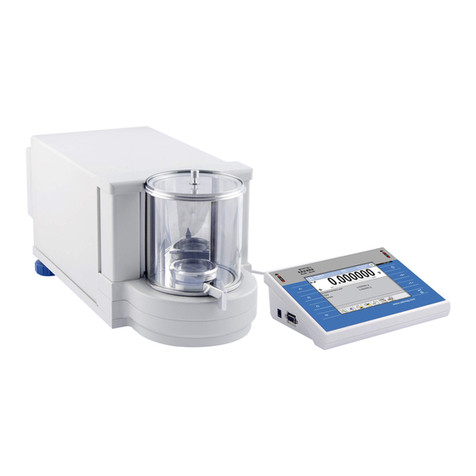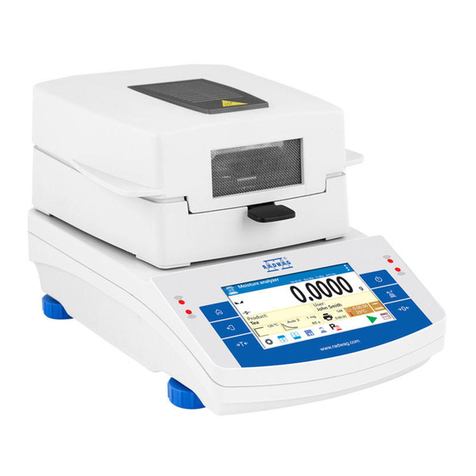
Table of contents
1. INTENDED USE .................................................................................................................................................5
2. GUARANTEE TERMS........................................................................................................................................5
3. CLEANING .........................................................................................................................................................6
3.1. Cleaning ABS Elements..............................................................................................................................6
3.2. Cleaning Stainless Steel Elements .............................................................................................................6
3.3. Cleaning Powder-coated Elements.............................................................................................................6
3.4. Cleaning Aluminum Elements .....................................................................................................................7
4. STRUCTURE......................................................................................................................................................7
4.1. Dimensions..................................................................................................................................................7
4.2. Description of connectors............................................................................................................................8
4.3. Technical parameters..................................................................................................................................9
5. INSTALLATION..................................................................................................................................................9
5.1. Unpacking and Assembly............................................................................................................................9
5.2. Switching on ................................................................................................................................................9
6. HOME PAGE....................................................................................................................................................10
7. NAVIGATION IN THE MENU...........................................................................................................................11
7.1. Scale Keyboard .........................................................................................................................................12
7.2. Return to Weighing Function.....................................................................................................................12
8. INSTALLER......................................................................................................................................................12
8.1. Connection of the 6-wire Load Cell...........................................................................................................13
8.2. Connection of the 4-wire Load Cell...........................................................................................................14
8.3. Connection of Load Cell Screen................................................................................................................15
9. OPTIONAL EXTENSION MODULES ..............................................................................................................15
9.1. Additional Weighing Platform ....................................................................................................................15
9.1.1. Technical Specification...................................................................................................................16
9.1.2. Colors of Signal Wires from Weighing Platform.............................................................................16
10. FACTORY PARAMETERS............................................................................................................................17
10.1. Access to Factory Parameters................................................................................................................17
10.2. List of Global Parameters........................................................................................................................18
10.3. List of Factory Parameters......................................................................................................................20
10.4. Factory Adjustment .................................................................................................................................22
10.4.1. External Factory Adjustment........................................................................................................22
10.4.2. Determination of Factory Start Mass ...........................................................................................23
10.5. Interval Correction...................................................................................................................................23
10.5.1. Corrections...................................................................................................................................23
10.5.2. Linearity Deletion..........................................................................................................................24
10.6. Gravitational Correction ..........................................................................................................................24
